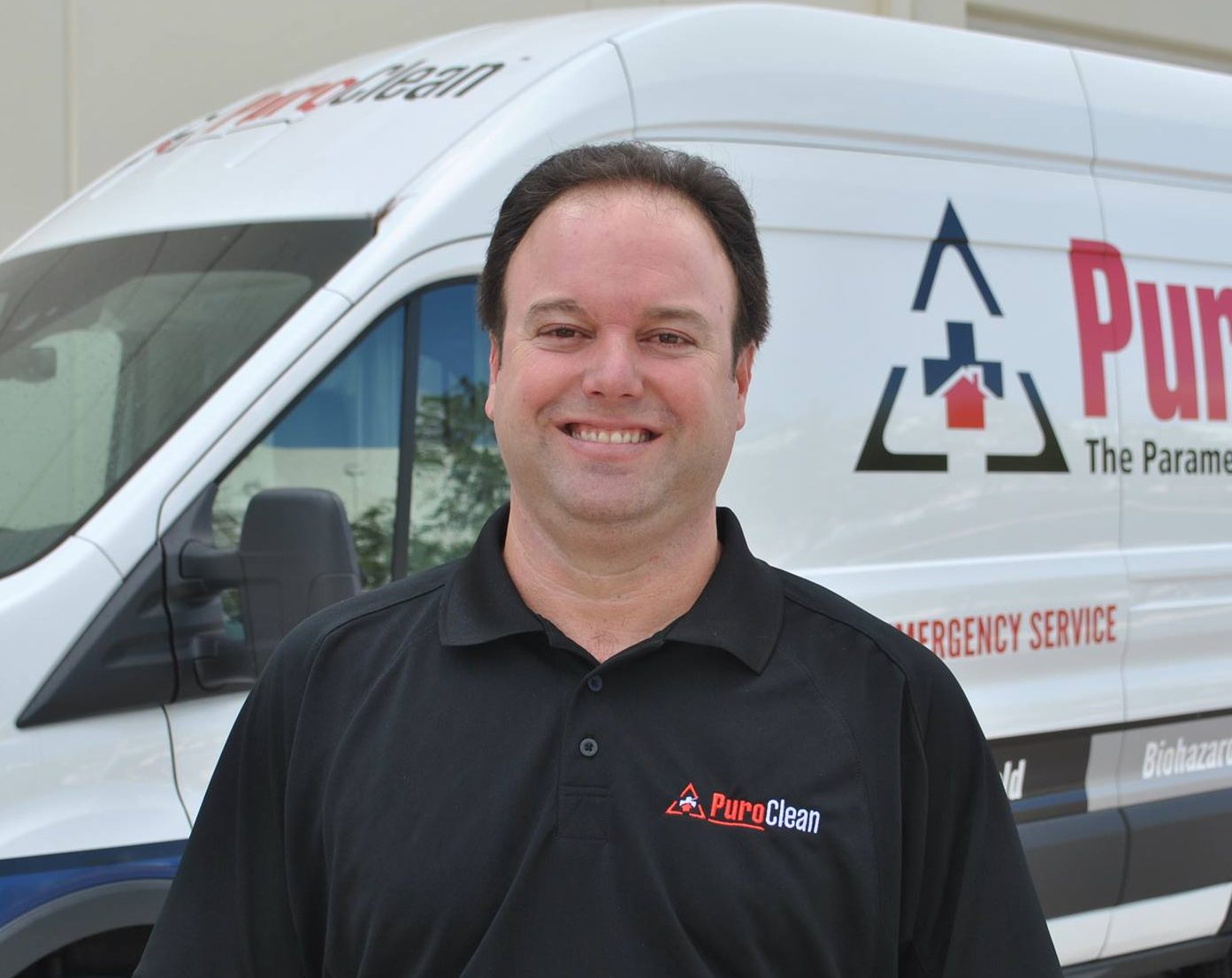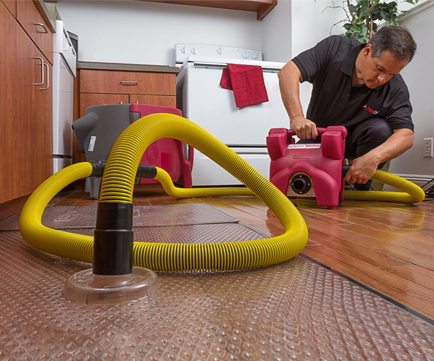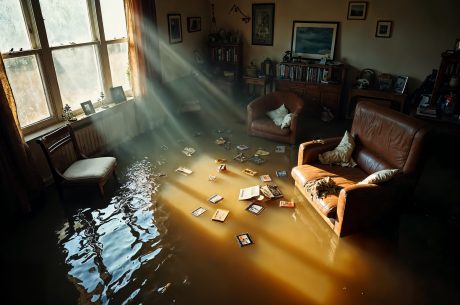Table of Contents

Dealing with property damage can be a daunting experience, whether it’s due to water leaks, fire incidents, storms, or other unforeseen events. In such situations, navigating the insurance claims process is often an essential step towards restoring your property to its pre-damaged condition. However, understanding the intricacies of insurance policies and procedures can be overwhelming. In this comprehensive guide, we’ll walk you through the essential steps and considerations involved in navigating insurance claims for property damage restoration.
Understanding Your Insurance Policy:
Before you encounter a property damage incident, it’s crucial to familiarize yourself with your insurance policy. Policies can vary significantly in coverage limits, exclusions, deductibles, and other terms. Here are some key components to look out for:
1. Coverage Types:
Determine what types of property damage are covered by your policy. This may include water damage, fire damage, windstorm damage, and more.
2. Coverage Limits:
Understand the maximum amount your insurance provider will pay for covered damages. Ensure that your coverage limits align with the potential cost of restoring your property.
3. Deductible:
Know the amount you’re responsible for paying out of pocket before your insurance coverage kicks in. Higher deductibles typically result in lower premiums but require more significant upfront expenses in the event of a claim.
4. Exclusions:
Be aware of any types of damage or circumstances not covered by your policy. Common exclusions may include neglect, intentional damage, and certain natural disasters.
Filing an Insurance Claim:
When property damage occurs, prompt action is essential. Follow these steps to initiate the insurance claims process effectively:
1. Document the Damage:
Take photographs or videos of the damage to provide visual evidence for your insurance claim. Document the extent of the damage from multiple angles and make detailed notes if necessary.
2. Contact Your Insurance Provider:
Notify your insurance company as soon as possible after the damage occurs. Provide them with essential details, such as the cause of the damage, the date and time it occurred, and your policy information.
Seek estimates from reputable property damage restoration companies to assess the cost of repairs or restoration. Ensure that the estimates include detailed breakdowns of labor, materials, and any additional expenses.
3. Obtain Estimates:
Seek estimates from reputable property damage restoration companies to assess the cost of repairs or restoration. Ensure that the estimates include detailed breakdowns of labor, materials, and any additional expenses.
4. Mitigate Further Damage:
Take reasonable steps to prevent further damage to your property. This may include tarping a damaged roof, boarding up windows, or removing standing water.
Navigating the Insurance Claims Process:
Once you’ve filed your insurance claim, you’ll need to navigate the claims process efficiently to ensure a smooth resolution. Here are some tips to help you along the way:
1. Keep Detailed Records:
Maintain a thorough record of all communication with your insurance company, including phone calls, emails, and letters. Note the names of representatives you speak with and the details of your discussions.
2. Follow Up Regularly:
Stay proactive by following up with your insurance provider at regular intervals to inquire about the status of your claim. Be persistent but polite in your communications.
3. Review Your Settlement Offer Carefully:
When you receive a settlement offer from your insurance company, review it carefully to ensure it adequately covers the cost of restoration. If you have any concerns or discrepancies, don’t hesitate to seek clarification or negotiate with your insurer.
4. Consider Hiring a Public Adjuster:
If you encounter challenges or disputes during the claims process, you may benefit from hiring a public adjuster. Public adjusters are licensed professionals who can advocate on your behalf and help maximize your insurance settlement.
Navigating insurance claims for property damage restoration can be complex, but with the right knowledge and approach, you can streamline the process and achieve a satisfactory outcome. By understanding your insurance policy, following the proper steps for filing a claim, and advocating for your rights as a policyholder, you can effectively recover from property damage incidents and restore your peace of mind. Remember, you don’t have to navigate the claims process alone – enlist the support of experienced professionals to guide you through every step of the way.
For Property Damage Restoration in Coral Gables and other parts of South Florida, call us.
For water damage restoration, fire damage restoration, mold assessment and removal, and biohazard cleanup in Coral Gables, Miami, Key Biscayne, Pinecrest, and other parts of South Florida, call us on +1 305 894-4343.



